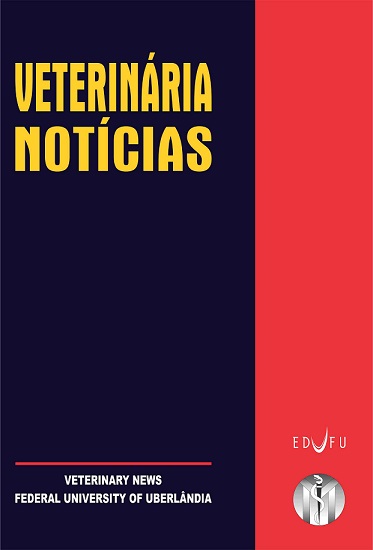Epidemiological profile of American tegumentary leishmaniasis in the municipality of Manhuaçu, state of Minas Gerais, Brazil
DOI:
https://doi.org/10.14393/VTN-v25n2-2019-49419Resumo
American Tegumentary Leishmaniasis (ATL) is a widely distributed anthropozoonosis caused by the
protozoa Leishmania spp. and is considered a serious public health problem. We aimed to assess
Manhuaçu’s burden caused by ATL through the profiling of all ATL case reports during the period from
2010 to 2015. A descriptive, ecological and retrospective study of the confirmed cases of ATL was
carried out using data regarding the age, sex, area of residence, type of entry (new case or recurrence),
and clinical form of the disease of the existing registered reports provided by the Sistema de Informação
de Agravos de Notificação (SINAN). We observed that the first quarter of the years showed higher
number of reports. The 58 notifications were classified as a first time occurrence, being 95% of the
cutaneous form of the disease, and 76% of the cases in male patients. Regarding the location of the
infection, 86% of the patients belonged to the rural area, and most (60%) were between 20 and 59 years
old. Thus, the epidemiological profile of infections of ATL in Manhuaçu, MG indicates that male
individuals aged between 20 and 59 years old and living in rural areas are more likely to get infected.
Moreover, it is important to know the epidemiological profile of ATL cases for adequate health
surveillance and prevention of the disease on this region.

